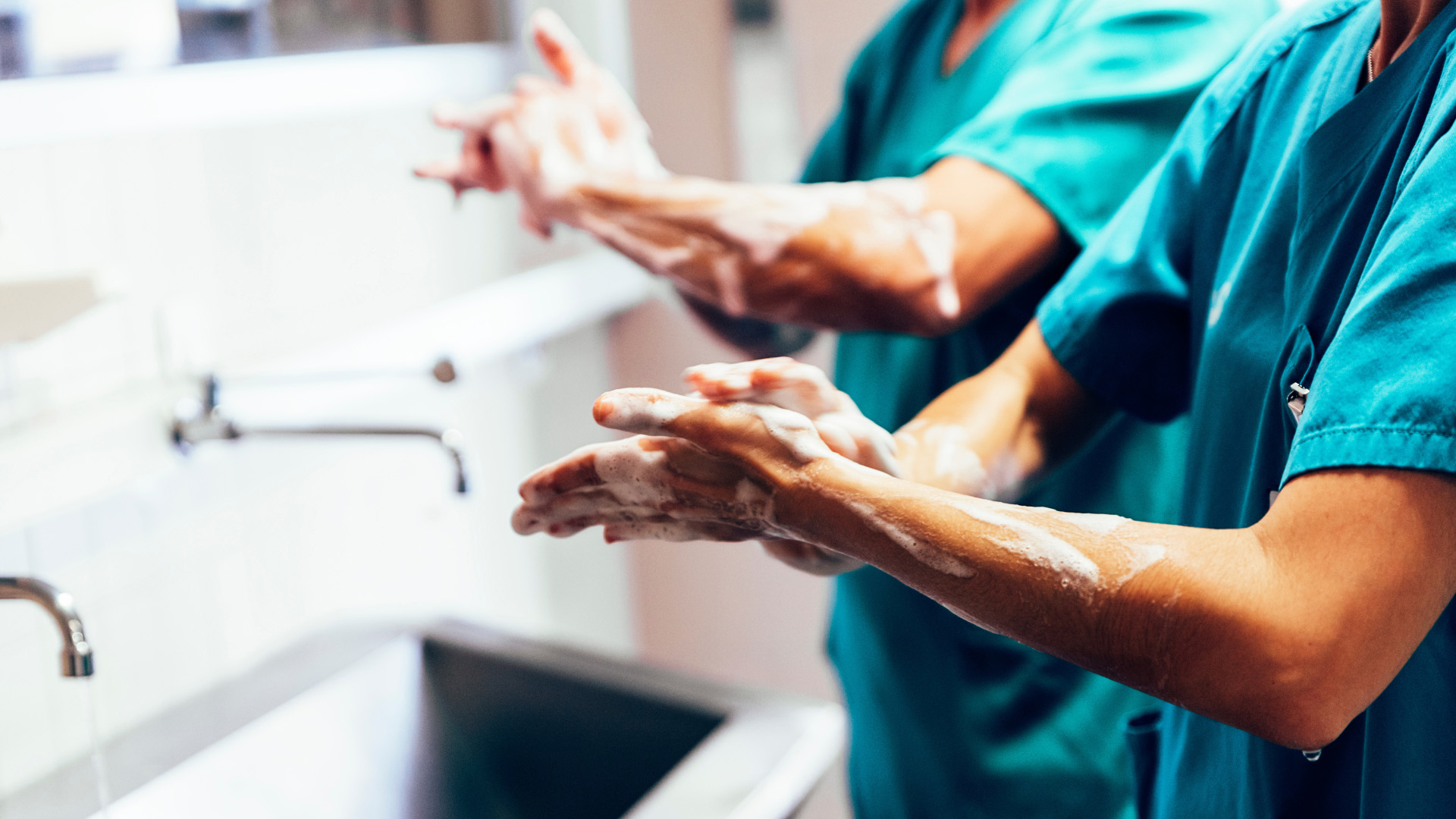Hand Hygiene: The Most Simple and Vital Practice in Healthcare

Good hand hygiene is vital in preventing infections, especially those acquired in a healthcare environment. Yet data from the World Health Organization reveals that such a common procedure isn’t always so simple.
A global report has found that 1 in 4 healthcare facilities don’t have basic water services and 1 in 3 lack hand hygiene supplies at the point of care.
This makes the spread of antimicrobial resistance and the increase in infections acquired during healthcare delivery a worldwide problem. The matter is so pressing that the WHO has proclaimed May 5th as the Hand Hygiene Day. The risk of infection increases in low and middle-income countries, but also in newborn and ICU care. Nonetheless, while access to quality running water may not be such an issue in the United States, ensuring proper hand hygiene is critical.
But many professionals lack proper hand hygiene practices. Are they simply unaware?
An essential step in the career of any healthcare professional is learning the Standard Precautions: a set of infection control practices used to reduce the transmission of microorganisms in healthcare settings. They protect healthcare personnel and patients from contact with infectious agents.
Hand hygiene means hand washing with soap and water – or use of an alcohol-based hand sanitizer – before and after patient contact, and also after contact with the immediate patient care environment. It requires personal protective equipment (PPE) whenever there is exposure to blood, bodily fluids, excretions, secretions, and mucous membranes, or if non-intact skin is anticipated. Standard PPE includes gloves, masks, eye protection, and gowns.
Standard Precautions should be used by healthcare personnel caring for patients regardless of the patient’s diagnosis and whether or not the patient is known to have a communicable infection.
In other words, Standard Precautions should be used for all patients, all the time.
These are the most important occasions:
– Immediately before touching a patient, performing an invasive procedure, or manipulating an invasive device
– Right after touching a patient, contaminated items, or surfaces
– After removing gloves
– After touching items or surfaces in the direct patient care environment, even if you didn’t touch the patient while you were there
Professionals can also refer to specific policies and procedures determined by their facilities. The sad truth is that healthcare personnel only practice hand hygiene about half the time they should.
It’s time to change that.
IV Mastery provides high-quality and affordable IV education for nursing professionals.
Let us show you how we help support nurses through IV Education.
